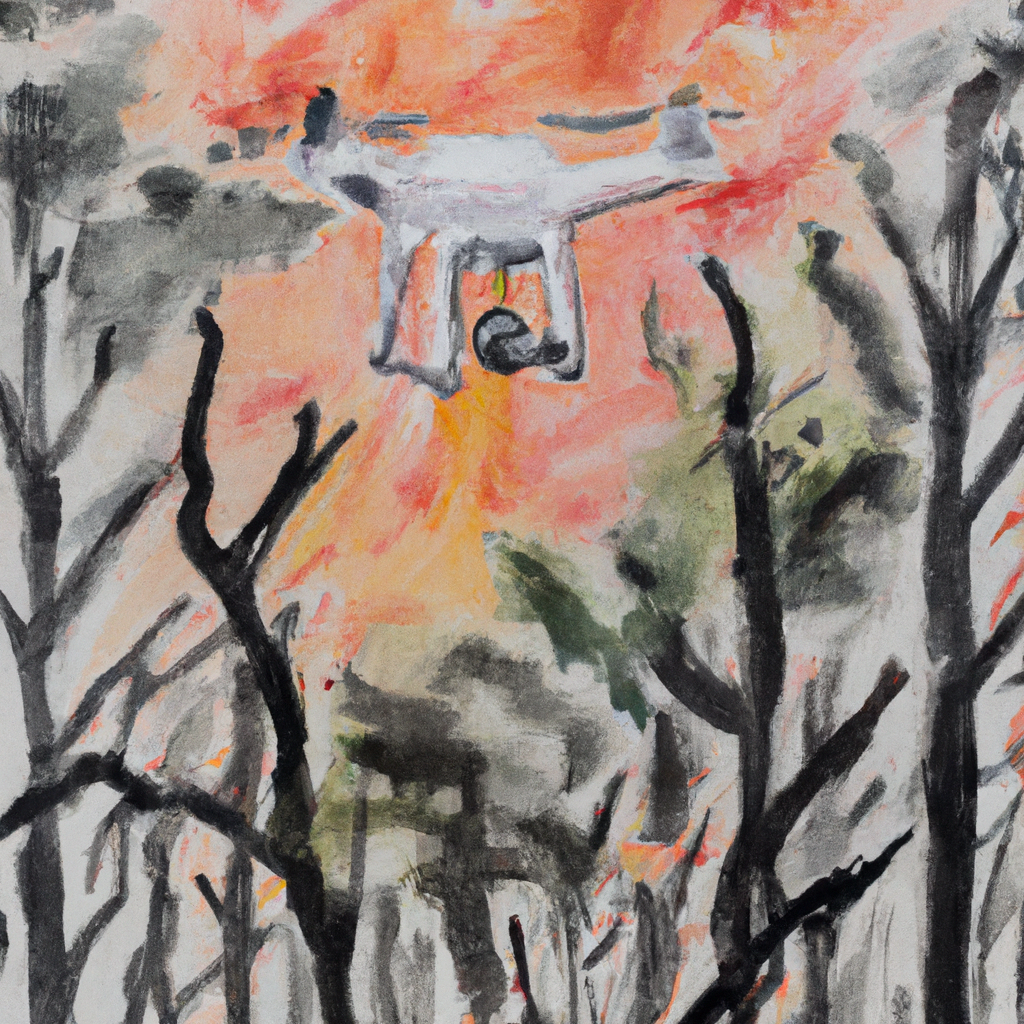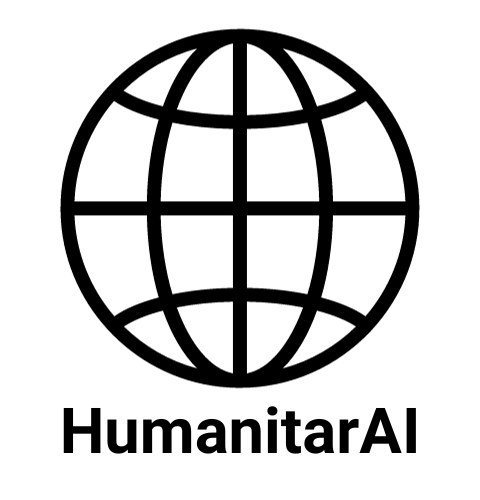
Artificial intelligence (AI) has exploded in popularity during the last year. One of the main drivers behind this is ChatGPT, a language model-based chatbot developed by OpenAI, released at the end of 2022. Following this, many AI-based tools gained popularity within their own specific use. Whether you need an image, a logo pack for your start-up, or produce a song, there is an AI that can help you with that.
Like all sectors, development will of course be impacted by this. Both in terms of practical ways such as “in the field”, but also for communication practitioners in how they choose to produce content, images, videos and more.
AI algorithms can optimise the allocation of resources, such as food, medical supplies, and aid personnel, based on real-time data and needs assessments. This ensures that assistance reaches the most vulnerable populations promptly.
Minimising response times
For example in emergency responses or humanitarian disasters, machine learning can be used to identify humans, destroyed houses, and more. Information that humans need to shift through can now be analysed in an instant and then relayed to emergency personnel, critical when every second counts. Unlike humans, the AI doesn’t get tired or start to miss things due to repetitive work. Yes, AI won’t be perfect, but it just needs to be better than humans.
Like Marco Codastefano, a data scientist with the World Food programme (WFP) commented in a Reliefweb article on using drones and AI in emergency responses:
Machine learning simplifies or speeds up what humans can do, AI makes humanitarian work faster and more smoothly. Coupled with human ingenuity, ethics and good judgment, the possibilities for AI applications in the humanitarian field are many.
Pre-, during, and post disaster
AI-powered drones and robots can be deployed for search and rescue missions, damage assessment, and delivery of critical supplies in disaster-affected areas. And when it comes to saving lives in post-disaster scenarios, AI drones and robots are first responders in hazardous environments, reducing risks for humans. Finally, AI helps us prepare for the worst. By analysing data and weather patterns, it could provide warnings to areas about to be affected quickly.
Of course, the use of AI and similar technology raises important ethical and privacy concerns. Organisations must navigate issues related to data privacy, algorithm bias, and the maintain responsible use of these tools.
I’m just scratching the surface of the possibilities of AI in development and hope to delve deeper in my upcoming posts. How do you think AI will impact this sector? Let me hear your thoughts in the comments or reach out via LinkedIn.
Let’s build a better world, one algorithm at a time! 🤖


